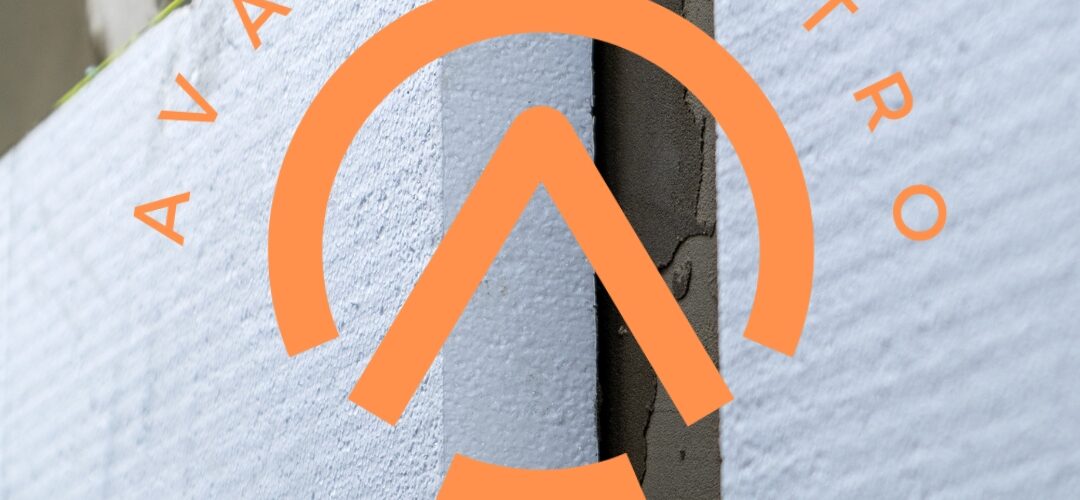Unveiling the Sterilization Potential of General Purpose Polystyrene
In the realm of sterilization, the quest for optimal materials is perpetual. Among the myriad options, General Purpose Polystyrene (GPPS) stands as a contender worth exploring. This versatile polymer has gained traction for various applications, but the question persists: Is General Purpose Polystyrene sterilizable?
Understanding General Purpose Polystyrene
Before delving into its sterilization capabilities, let’s acquaint ourselves with General Purpose Polystyrene. GPPS is a thermoplastic polymer known for its transparency, rigidity, and cost-effectiveness. AvavinPetro, a leading supplier of GPPS, has played a pivotal role in making this polymer accessible for diverse industries.
The Sterilization Conundrum
When it comes to materials used in critical applications, sterilizability is a non-negotiable attribute. In the context of General Purpose Polystyrene, the question arises due to the intricacies of its molecular structure. Sterilization methods, whether chemical, physical, or radiation-based, need to seamlessly integrate with the material without compromising its integrity.
Chemical Sterilization and GPPS
Chemical sterilization methods involve the use of disinfectants or sterilants to eliminate microorganisms. For General Purpose Polystyrene, compatibility with commonly used chemicals is a pivotal consideration. Fortunately, GPPS demonstrates a favorable response to many chemical sterilization agents, making it a viable option for applications requiring stringent hygiene standards.
Physical Sterilization Techniques
Physical sterilization methods, such as autoclaving and dry heat sterilization, rely on elevated temperatures to eradicate microbes. In the case of GPPS, its thermal stability plays a crucial role. The polymer’s resistance to deformation under heat makes it amenable to physical sterilization processes, expanding its utility in medical and laboratory settings.
Radiation Sterilization and GPPS
Radiation sterilization involves the use of ionizing radiation to disrupt the DNA of microorganisms. For General Purpose Polystyrene, its susceptibility to radiation is a topic of interest. Extensive studies have shown that GPPS can withstand gamma irradiation, presenting yet another avenue for sterilization in applications where radiation is the preferred method.
Applications of Sterilizable General Purpose Polystyrene
Now that we’ve established the sterilization capabilities of GPPS, let’s explore the myriad applications where this polymer can shine.
Medical Devices
In the medical field, the need for sterile equipment is paramount. General Purpose Polystyrene, with its proven sterilizability, finds applications in manufacturing medical devices like syringes, test tubes, and petri dishes. AvavinPetro’s commitment to quality ensures a reliable supply of GPPS for such critical applications.
Laboratory Settings
Research and development thrive on precision and sterility. General Purpose Polystyrene’s compatibility with various sterilization methods makes it an ideal choice for laboratory equipment, ensuring reliable and uncontaminated results. AvavinPetro’s dedication to providing high-quality GPPS further solidifies its role in supporting scientific endeavors.
Packaging for Sterile Products
Industries requiring sterile packaging for pharmaceuticals, food, and biotechnology products can leverage the sterilization-friendly nature of GPPS. Its clarity also ensures that packaged products remain visible and aesthetically presented. AvavinPetro’s position as a GPPS supplier reinforces the reliability of the material for maintaining the integrity of sterile products.
Conclusion
In the quest for sterilizable materials, General Purpose Polystyrene emerges as a commendable choice. Its compatibility with chemical, physical, and radiation-based sterilization methods positions it as a versatile option for industries where sterility is paramount. With AvavinPetro as a trusted GPPS supplier, businesses can confidently incorporate this polymer into their processes, ensuring both functionality and hygiene.
As industries evolve and standards for cleanliness become more stringent, the sterilization capabilities of materials like GPPS become pivotal. With its proven track record, General Purpose Polystyrene not only meets these standards but also offers a cost-effective solution for applications demanding both clarity and sterilizability.
In summary, the answer to the question, “Is General Purpose Polystyrene sterilizable?” is a resounding yes. Its adaptability to various sterilization methods makes it a frontrunner in the pursuit of materials that marry functionality with hygiene.
Written by Emir Narin
https://www.instagram.com/ecotradehub










